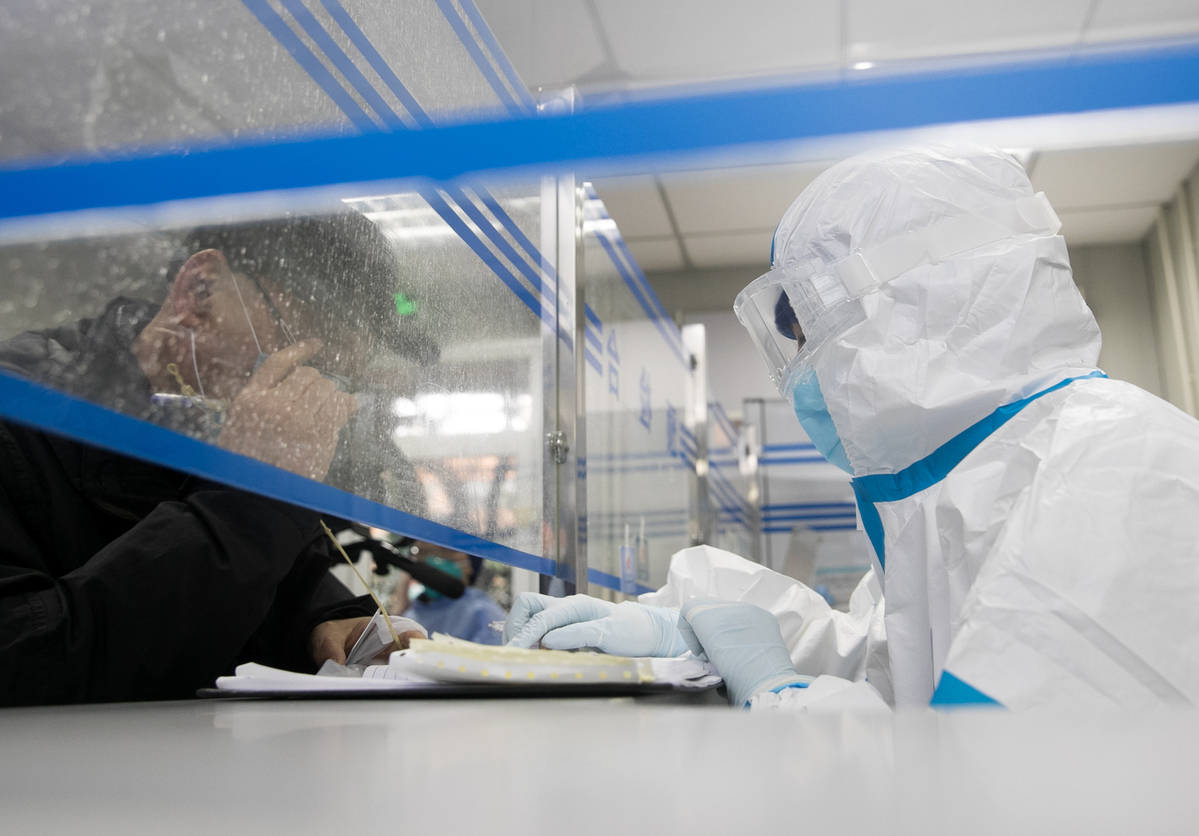
医疗机构应在继续抗击新冠肺炎疫情的同时,有序恢复正常医疗秩序、做好社区卫生服务工作。要加强医疗资源和医护力量统筹调配,进行分类救治,确保非新冠肺炎患者的就诊安全。
Medical institutions should restore normal medical services and community healthcare services while continuing efforts against the coronavirus. Coordinated distribution of medical resources and personnel, as well as triage-based treatment should be strengthened to ensure the safety of non-COVID-19 patients.

【知识点】
国务院联防联控机制新闻发布会指出,各地要差异化地恢复医疗服务。高风险地区,要在做好疫情的防治工作的同时,加强对重点人群、重点患者的医疗服务保障工作。低风险地区,要在做好疫情防控工作的基础上,逐步将工作重心转移到恢复正常医疗服务的保障上,合理配置医疗资源,全面保障门急诊、住院、手术、检查检验等医疗服务,向人民群众提供日常的医疗服务。
为进一步推进各地工作,一方面要强化外部支持保障,包括加强政策协调,完善激励性措施,加大物资用品保障;另一方面,要指导医疗机构加强精细化管理,按照一院一策、一科一策,推进医疗服务的顺利开展。同时,要充分利用“互联网+医疗”的优势,推进预约诊疗、分时段就诊,加强远程医疗服务。此外,还要优先保障急危重患者和特殊群体的看病就医需求,保障急诊急救能够全天候开放。
【重要讲话】
切实保障基本民生。要保障主副食品供应,强化对困难群众的兜底保障,对患者特别是有亲人罹难的家庭要重点照顾。要统筹做好其他疾病患者医疗救治工作。
People's basic livelihood should be guaranteed, such as the supply of staple and non-staple food. Enhanced efforts should be made to take care of those in need as well as those losing their family members due to the epidemic. Efforts should also be made to coordinate medical treatment for patients with other diseases.
——2020年2月23日,习近平在统筹推进新冠肺炎疫情防控和经济社会发展工作部署会议上的讲话
【相关词汇】
日常医疗服务
daily medical service
远程医疗
telemedicine
互联网+医疗
internet plus medical care